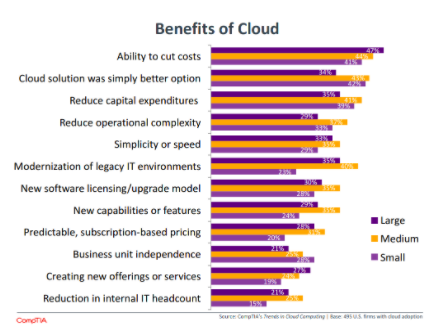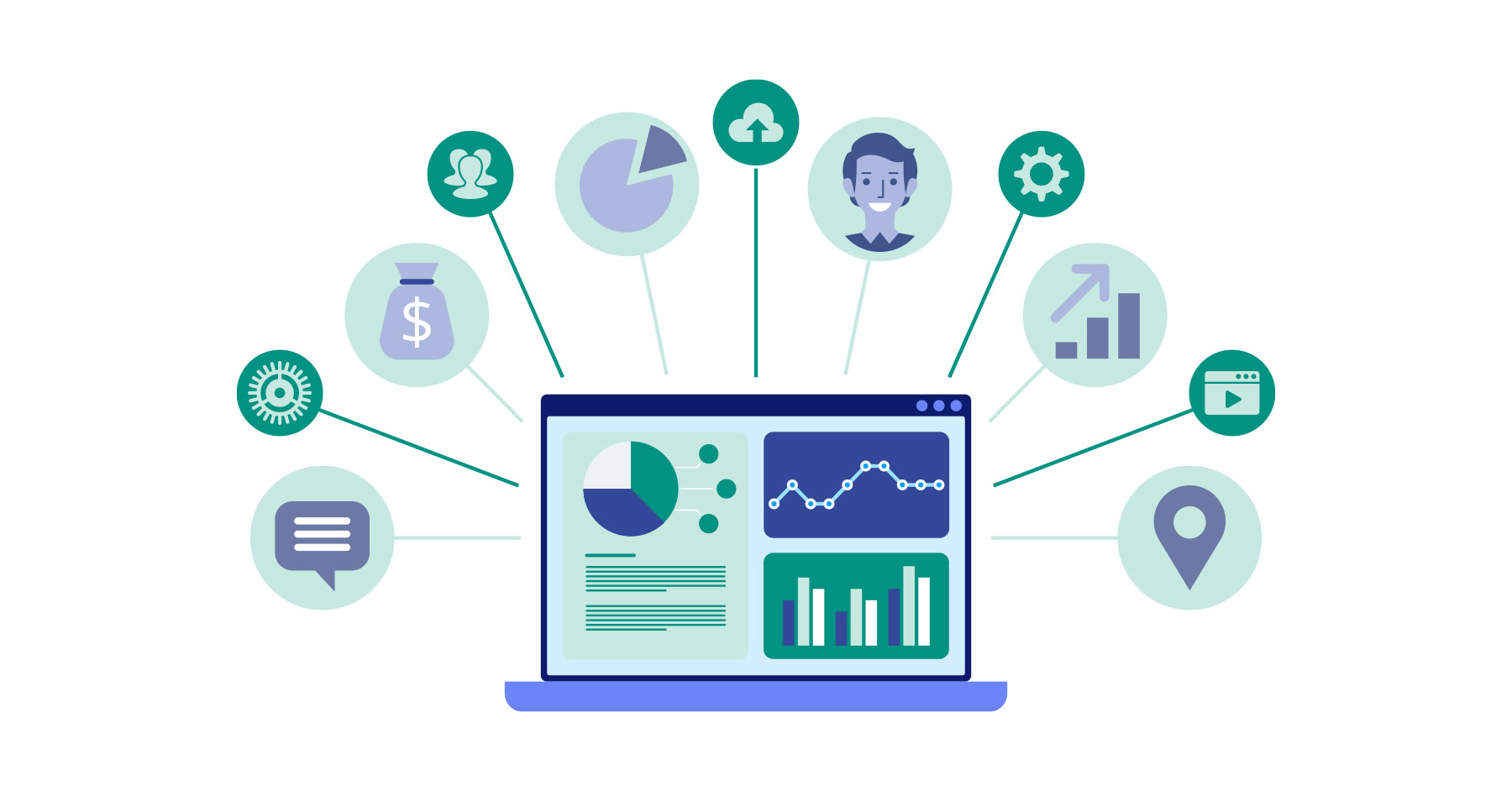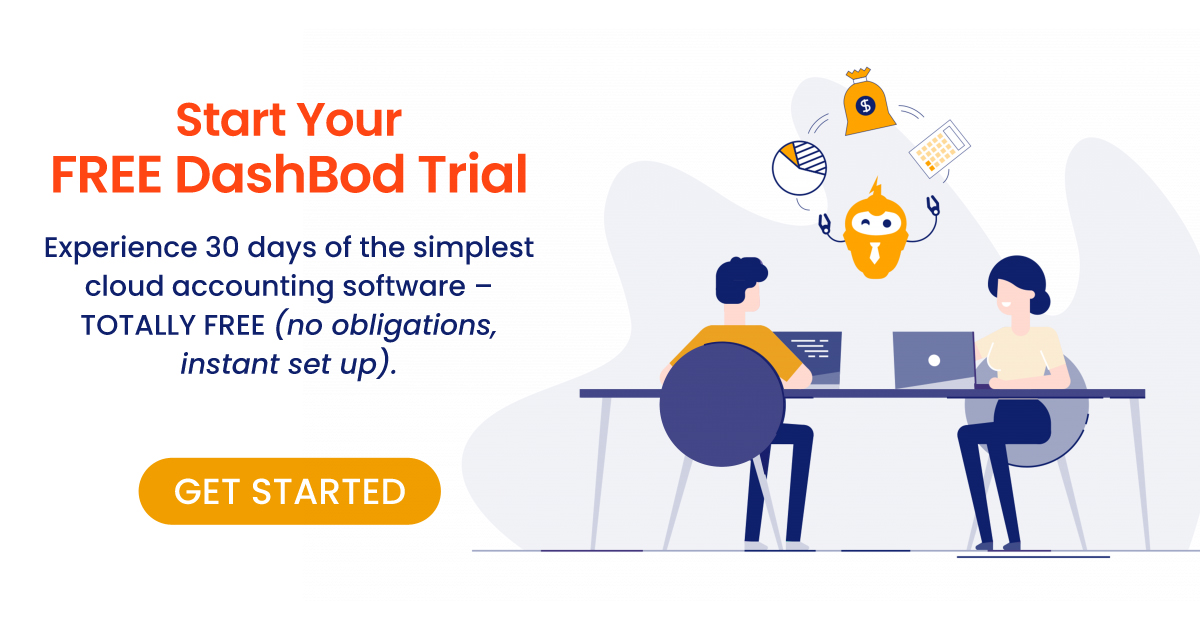The Problem
- Needed a system that was easy to use and could manage all their sales orders and invoices
- Faced cash flow issues. Wanted to shorten the cycle between fulfilment and getting paid
- Unable to analyse finances properly due to poor financial reporting
The Solution
- PO and invoice matching, plus integration with CRM helped team members identify quickly what documents belonged to which accounts
- Bank reconciliation, AR/AP balancing and cash flow forecasting allowed management to make better judgements, all just by looking at one dashboard
“An online accounting software like DashBod helped us save so much time going back and forth between documents. Now everything is organised and I have more time for my customers.”
“It used to be that when your food quality was good, people came to you to get supplies.” But that was then. And as Francis Lee, wholesale supplier of chicken and beef says, “People want to order and pay online now.”
Francis began in 1962, serving only restaurants. Over time, Francis’s business grew to include home delivery to everyday consumers (aka the mass market). Initially, all sales were closed over the phone. Then email. Now, through website orders as well.
Today, Francis and his team handle hundreds of accounts across multiple communication channels.
That’s when things started getting messy.
His front-end was keeping up with technology, but his backend wasn’t quite as robust. His platforms weren’t integrated and his accounting team had to manually conduct checks and balances.
Five ways online accounting software benefits your small business
- You have a clear overview of your current financial position. In real-time. This allows you to make better business decisions.
- Multi-user access makes online collaboration possible for your team.
- Save time with bank reconciliations and checking historic reports. Update your general ledger automatically when you key in a new invoice or make any changes to numbers.
- Everything is run online, so there’s nothing to install and everything is backed up automatically.
- Analyse your reports better, in a way that you would not be able to without a software. Knowing your cost centres and profit drivers allow you to make strategic resource allocations.
With that in mind, Francis shifted his focus to the cloud. To better align the company’s accounting, HR and inventory management strategy, he got his entire team accustomed to the new system.
“I thought it would require a few months for everyone to get used to the new way of doing things. We were expecting it to be really complicated. But we didn’t even have to call customer support. We were up and running within a week. And everything was so much smoother.”

Improving Cash Flow for Small Businesses
The first step to improving your cash flow is by staying on top of outstanding invoices and decreasing the time it takes to get paid.
For SMEs like Francis dealing with larger corporations that have an upper hand when dictating credit terms, this is a problem. It left them with long periods of low cash flow, making it difficult to meet targets at times. Sometimes it was even a struggle to cover operating expenses.
They made up by shortening the cycle for other accounts. By ensuring all other invoices were sent and paid on time.
How?
When orders were made through their online accounting software, they had an auto-invoice generation. But when it came via email and phone, it took the team some time to generate a new PO and invoice.
For consumers, it was much easier because there weren’t any extended payment terms. But for restaurants, they had trouble following up and keeping track of timelines. With some businesses having net 30, 45 and 60 payment terms, it was a mess.
Improve your Accounts Receivable and manage your Accounts Payable processes
How many man-hours does it take to support 18 supermarkets, close to 100 restaurants and hundreds of homes? A lot: Francis has an entire finance team using DashBod’s online accounting software to track and manage accounts.
- When a new order is placed in the system, an invoice is automatically generated with all the customer’s details. This saves time and ensures accurate documents are sent.
- Payment reminders will be sent to clients when their invoices are due. This eliminates time and labour spent on collection.
- Users will be alerted when payments are not made on time.
- The system even prompts clients when their stocks need to be replenished.
You might be interested in: Accounting Hacks with an Accounts Receivable and Payable Software
Forecast cash flow and implement scenario analysis
- Project how much money goes out tomorrow, how much comes in next week, next month. Having these insights gives you time to readjust finances.
- When you know how much cash you have on hand, you can invest accordingly, or renegotiate payment terms with suppliers and customers.
- Expect the unexpected with scenario analysis. Play out “what if” scenarios, like economic downturns, loss of a major account, the resignation of a team member. With these in mind, you can set up contingency plans so you’re prepared.
Faster and More Accurate Financial Reporting
Without doubt, manual reconciliation is the least efficient, most cost-intensive and erroneous process in a company. It’s also widely known that an online accounting software solves this problem.
According to a survey by EY, up to 59% of a financial department’s resources are spent on managing transaction-related processes. And around 95% of this effort is wasted on transactions that already match, rather than problem entries that actually require attention.
Francis isn’t the only one facing these problems. Many other SMEs in Singapore do too.
In the long term, this has to change. As much as Excel is ideal for some tasks…
Today, the biggest challenge is to achieve faster more dependable year-end closes. And many finance departments are waking up to the fact that manual entries cannot meet the growing complexity.
Challenges with Excel:
- Governance and compliance risks
- Inability to allow multiple users to update at once
- Security risk when sending confidential documents
- Programming and formatting issues when importing data
- Risk of human error
- Cumbersome, for companies with hundreds of account tabs
- Formula issues on one sheet, leading to huge disparities in final tabulations
Automatic bank reconciliation and financial reporting
- Matching software can speed up the process for matching your own bank statements and those supplied by the bank.
- Balance sheet substantiations allow you to track all accounts, regardless of the number of companies, banks and accounts.
- All reconciliation history is recorded
- Entries will be automatically updated in the system, on all relevant documents, for all users.
When other business owners ask me, “Do I really need online accounting software for my small business?” My answer to them is this, “Do you want to make your life easier and run a more profitable business?”
Accounting is complicated, but it can be easy if you have the right system. Francis and many other small and medium businesses have benefitted by embracing technology such as online accounting software.
Ready to improve your business efficiency? Register now for a free trial here.



